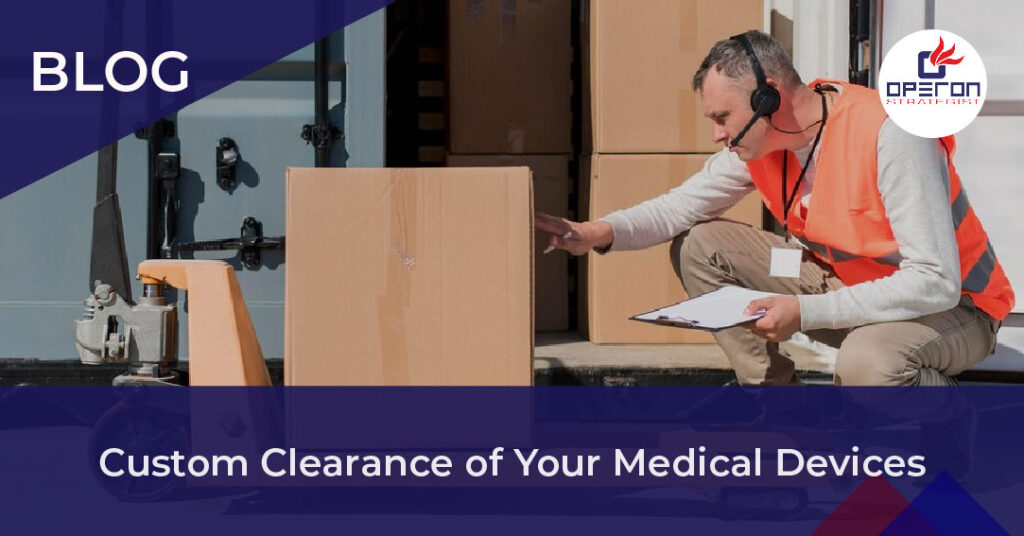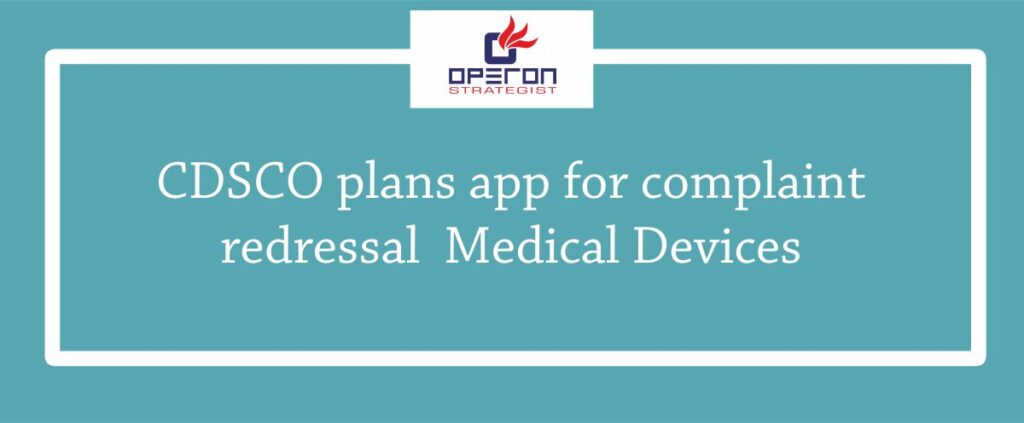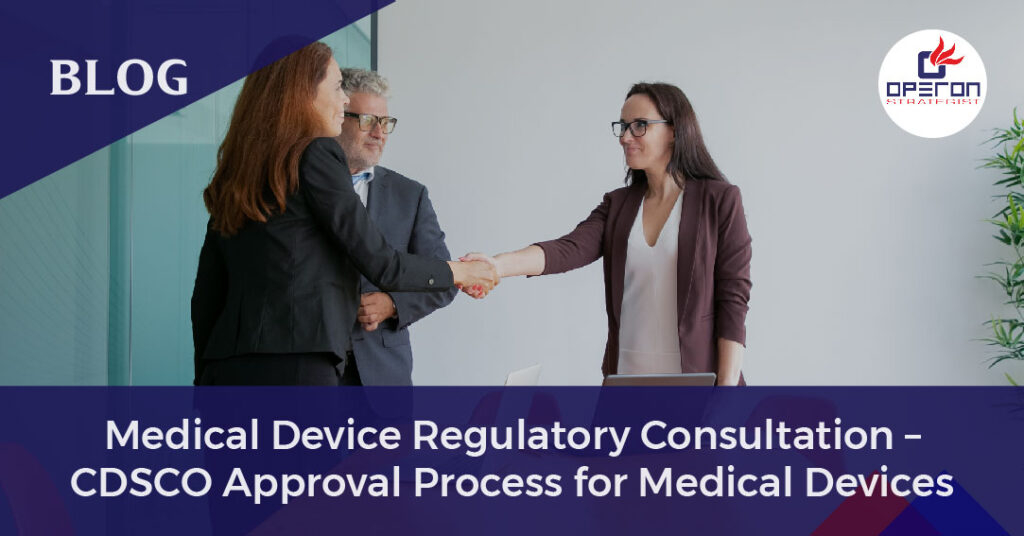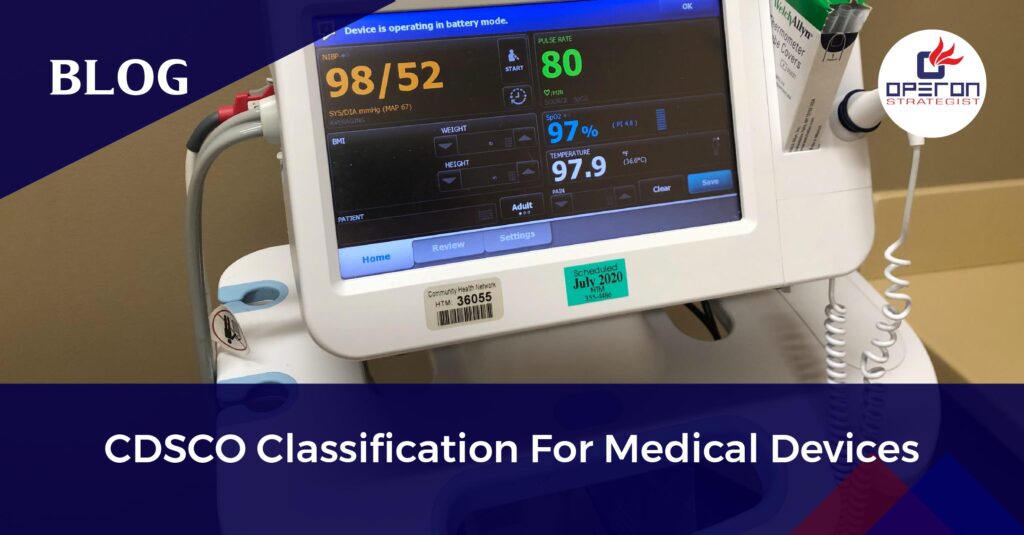Custom Clearance of Your Medical Devices: An Overview
The medical device industry faces unique challenges when it comes to custom clearance due to stringent regulations and administrative complexities. As regulatory bodies like MDA (Medical Device Authority) and customs authorities introduce new layers of requirements, companies must navigate a series of compliance, logistical, and operational hurdles. In this blog, we’ll explore the critical points that manufacturers, importers, and distributors should keep in mind for the smooth custom clearance of medical devices, along with key concerns raised by the industry.
Looking For a Medical Device Regulatory Consultant?
Let’s have a word about your next project
1. The Impact of Additional Administrative Layers on Medical Device Imports
With the introduction of new clearance procedures, the medical device industry is concerned about the additional administrative layers that affect importation. One of the primary issues is the DagangNet e-permit system, which has been introduced to manage the import of medical devices into Malaysia. While this system aims to streamline customs declarations, it also presents the following challenges for the industry:
- Increased Lead Times: The added steps in custom procedures could lead to delays in supply chain operations.
- Increased Cost of Doing Business: Implementing and maintaining the e-permit system can result in higher operational costs.
- Manpower Needs: The need to engage third-party consultants or increase in-house manpower for permit applications.
These additional burdens could affect the timely supply of essential medical devices to hospitals and patients, especially in urgent situations such as life-saving devices.
2. Import Permit Complexity for Regional Distribution Hubs
Medical devices that are imported for re-export present another layer of complexity. Manufacturers and distributors operating regional distribution hubs face difficulties in managing the import and re-export processes due to overlapping regulations. Concerns include:
- Multiple Permits: Should each consignment or shipment require separate permits, the administrative burden and complexity increase significantly.
- Regulatory Clarity: A lack of clarity on whether a one-time, annual application is sufficient for all registered devices or if permits must be applied for each shipment creates uncertainty for importers.
The industry has urged regulatory bodies to consider the unique business model of distribution hubs and simplify the import permit process to ensure efficiency.
3. SG Customs Approach: A Streamlined Procedure?
Singapore’s approach to customs declaration could offer insights into a more efficient model. In Singapore, importers, freight forwarders, or declaring agencies are required to populate HS codes, HSA product codes, and product registration numbers in the TradeNet system. This system has auto-population features for fields such as the customs clearance procedure, thereby reducing manual data entry and streamlining the overall process.
A similar approach could help streamline the Malaysian process, reducing the risk of human error and increasing efficiency during the customs clearance of medical devices.
4. Key Information and Training for Industry Compliance
To ensure the smooth implementation of these changes, it is essential that the medical device industry is well-prepared and educated on the new processes. Several steps have been proposed, including:
- Training: Industry-wide training, including for custom brokers and freight forwarders, to facilitate the setup of DagangNet accounts and understanding of the new regulations.
- HS Code Updates: Ensuring that the HS codes listed in the Customs Prohibition Order match those used by the DagangNet system is crucial for accurate declarations.
5. Joint Industry Proposals for Streamlined Processes
The medical device industry has put forward several joint proposals to MDA and customs to ease the transition into the new system. Key requests include:
- Transition Period: A minimum of one year of test runs without additional charges, with a grace period to help the industry transition smoothly to the new system.
- Clarity on Import Permit Requirements: There must be clarity on the specific documentation and processes required for import permits, especially for re-exported products and regional distribution hubs.
- Hotline and Support: A 24/7 hotline should be made available for companies to resolve challenges on the spot, ensuring smooth operations during weekends and public holidays.
6. Managing Time-Sensitive and Temperature-Sensitive Medical Devices
Certain medical devices, such as temperature-sensitive products (packed with dry ice or requiring refrigeration) or products with short shelf lives, present unique challenges in customs clearance. The industry has raised concerns over turnaround times, as delays in clearance could lead to product spoilage or shortages. Proposals include:
- Pre-Shipment Application: The ability to apply for import permits before the shipment arrives to avoid last-minute delays.
- Urgent Custom Clearance Pathway: A fast-tracked pathway for life-saving devices and time-sensitive shipments to ensure these devices reach healthcare facilities without delay.
7. The Role of Freight Forwarders and Third Parties in Custom Clearance
In many cases, companies appoint third-party logistics providers or freight forwarders to handle importation matters. It’s crucial that these third-party agents be authorized to manage the clearance process, particularly for companies using regional distribution hubs. The industry has called for a clear framework that allows authorized agents to use DagangNet accounts for importing medical devices, without risking parallel import issues.
8. Special Considerations for Medical Devices Imported for Re-Export
Medical devices imported solely for re-export, particularly those handled through regional distribution centers, should not face the same stringent import permit requirements as products intended for sale in the domestic market. The industry has requested that the import-for-re-export process be simplified to reduce unnecessary administrative burdens and costs.
Conclusion: Streamlining Custom Clearance for Medical Devices
The medical device industry continues to advocate for clarity and simplicity in the customs clearance process. While the introduction of the DagangNet e-permit system brings regulatory alignment, it also imposes additional burdens that must be carefully managed to avoid disruptions in the supply of medical devices.
Joint proposals from the industry, such as a transition period, urgent pathways for life-saving devices, and simplified permit applications, will help mitigate these challenges and ensure a smoother process. By working closely with regulatory authorities and customs bodies, the medical device industry can adapt to these new procedures while maintaining operational efficiency and ensuring the timely delivery of critical medical devices.
Clear Your Medical Devices Hassle-Free With Expert Guidance From Operon Strategist!
Ensure Smooth Custom Clearance of Your Medical Devices with Expert Guidance
To ensure that your medical devices meet the latest custom clearance requirements and avoid unnecessary delays, reach out to regulatory experts like Operon Strategist. We can help you navigate the complexities of medical device import regulations, streamline your operations, and ensure full compliance with Malaysian customs procedures. Contact us today!
- adminhttps://operonstrategist.com/author/admin-2/
- adminhttps://operonstrategist.com/author/admin-2/
- adminhttps://operonstrategist.com/author/admin-2/
- adminhttps://operonstrategist.com/author/admin-2/




